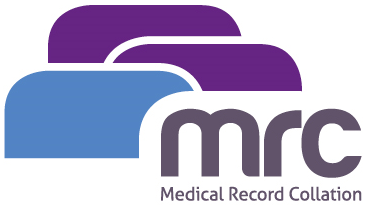As we prepare for the 2016 AvMA (Action against Medical Accidents) Annual Clinical Negligence Conference it seems a good time to think about patient safety. Working as we do with medical records we see quite a bit of documentation. But what distinguishes good clinical record keeping?
The medical record tells a story. Difficulties we face in telling that story are often down to unclear, vague, or absent documentation which make it difficult (if not impossible) to follow the clinical judgment underlying the diagnosis, treatment, or care of a patient.
As the saying goes, “If you didn’t document it, you didn’t do it”. Clinicians may well be providing exceptional care, but if it isn’t documented the consequences can be tragic. Errors and omissions can result in a patient being incorrectly identified or can result in the wrong treatment or even no treatment at all. Each entry should include the date and professional credentials of the person delivering care. It is also important to avoid gaps in the medical record. Any time lag in documentation undermines patient safety.
Poor documentation is often due to the time constraints and stressors one faces working with patients. Documentation and record keeping facilitate the flow of information which is crucial to ensure continuity, safety, and quality of care across the multiple clinicians and disciplines involved in patient care.
Caring for patients should always be the number one priority, however documenting that care in a thorough and legible manner is also a critical component of treatment. If care cannot be communicated effectively from one member of the healthcare team to another, valuable information about that patient can be lost affecting care that they receive from others.
Good record keeping also protects the practitioner. It would be impossible to recall details about a specific patient several years after the fact. Negative legal repercussions can be avoided with proper documentation and good communication of patient information.
When we sort medical records and complete a chronology we can only draw from the information provided. Medical records might look like just stacks of papers. But to us, once organised, medical records help to tell an important story and each document helps to create that narrative.
Notes that are incomplete, sloppy, inconsistent, illegible, or have gaps reflect poorly on the practitioner, undermine patient safety, and make our jobs difficult. In addition, undated documentation, late entries, or entries that appear out of sequence can also be problematic.
Documentation can seem like a daunting task and is not something that most people working in healthcare enjoy. It is however crucial to keeping people safe as medical accidents can happen to anyone at any time. Hopefully, as we move away from handwritten notes into computerised documentation this will facilitate record keeping that is less time consuming, more accurate, and easier to read. With better communication healthcare can be safer for us all.
Judi Quirke
